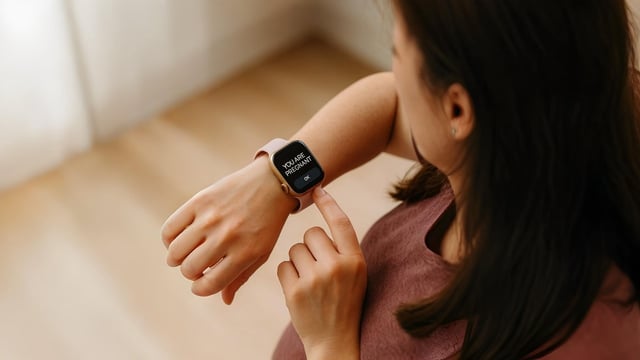Overview
- The Wearable Behavior Model (WBM) was trained on 27 high-level behavioral metrics from more than 162,000 Apple Watch users in the Apple Heart and Movement Study, encompassing over 2.5 billion hours of data.
- When evaluated on 57 health prediction tasks, WBM outperformed a PPG-based model in 18 of 47 static conditions and in all but one dynamic task, demonstrating stronger long-term health signal detection.
- Combining WBM’s behavioral data with photoplethysmogram inputs produced the highest overall accuracy, including 92% for pregnancy detection and consistent gains in sleep, infection, injury, and cardiovascular assessments.
- Researchers built WBM on a Mamba-2–based architecture that processes weekly blocks of metrics, reporting superior performance to traditional Transformer models for these use cases.
- Published as a preprint on arXiv and pending peer review, the study cautions that its U.S.-only cohort and high device costs limit global representativeness and calls for broader validation before clinical deployment.

